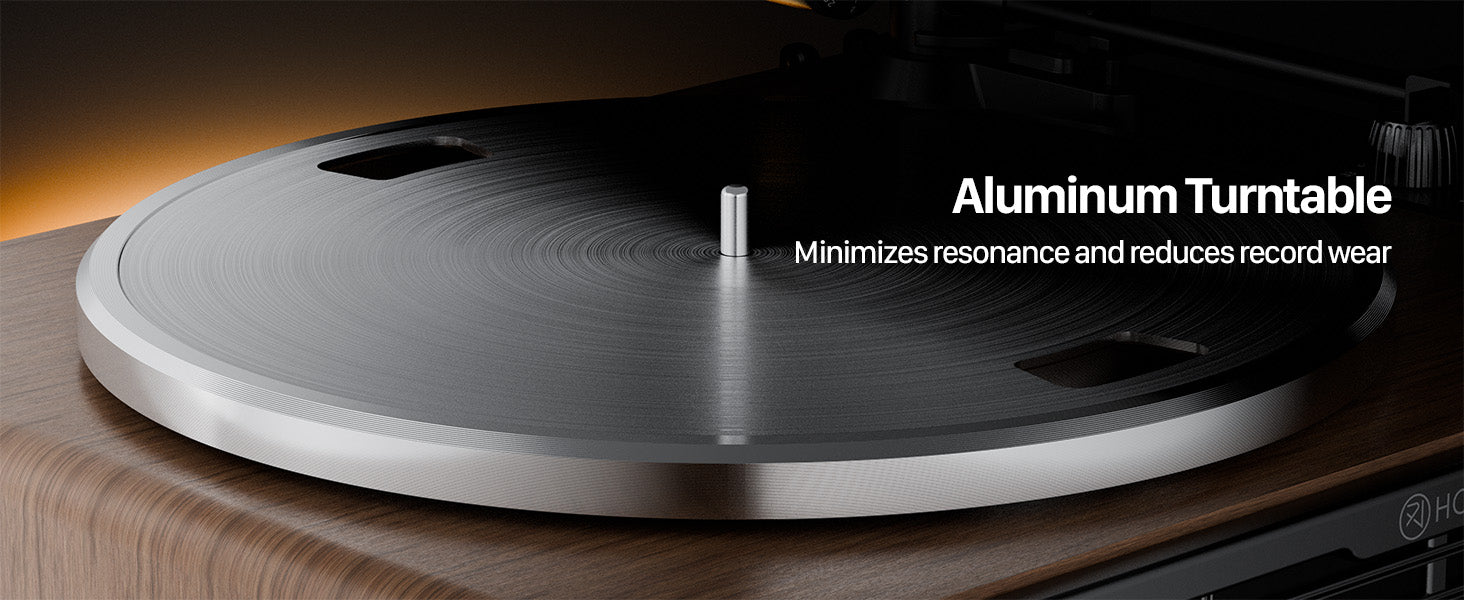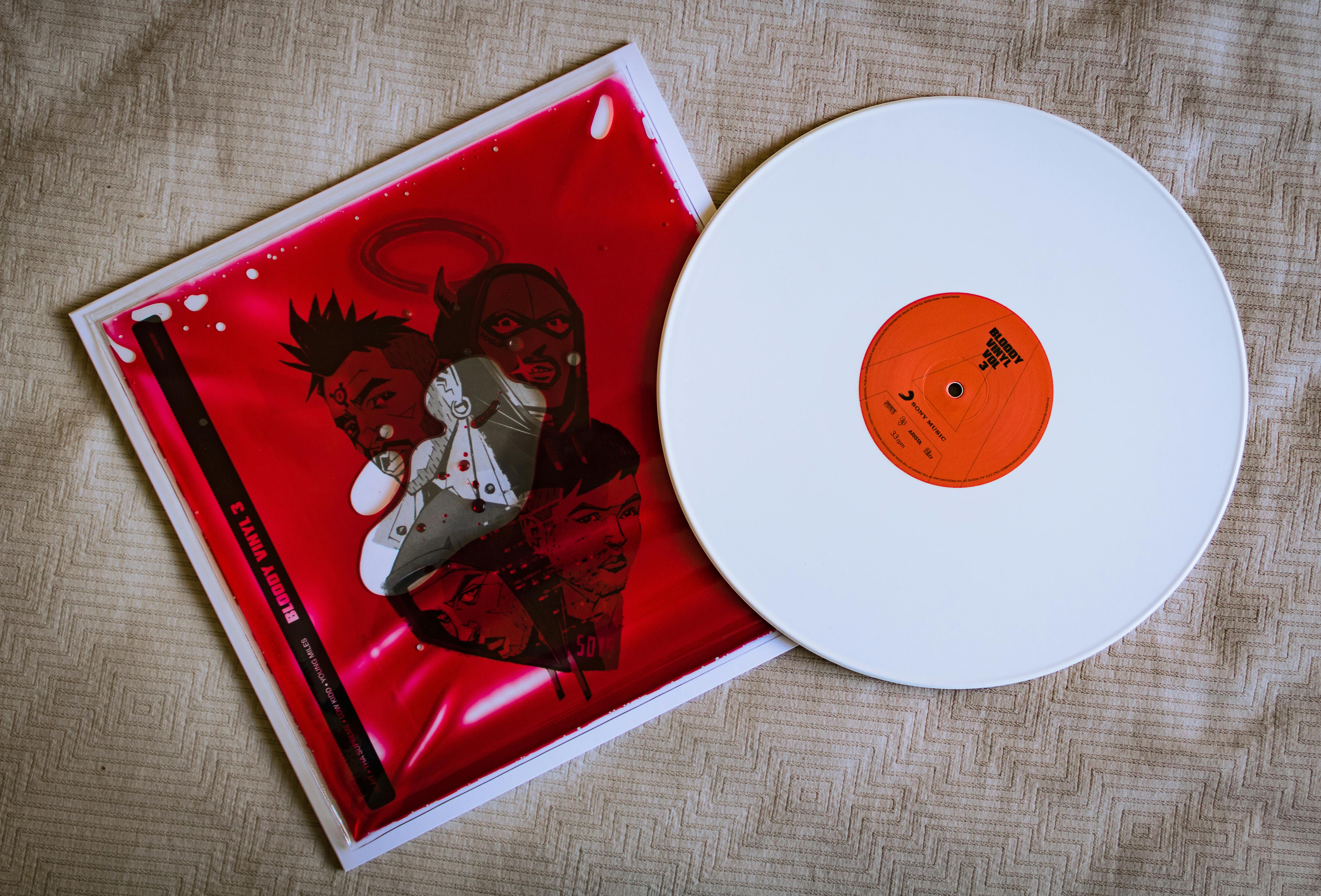There is a moment on Alicia Keys’ legendary MTV Unplugged album, right before she plays "Unbreakable," where you can hear the audience murmur in anticipation. You hear the vastness of the Brooklyn Academy of Music. You hear the subtle shift of her hands on the piano keys. It is a moment of pure, unvarnished presence.
When you hear this on a digital stream, you are observing it through a crystal-clear window. When you hear it on a well-mastered vinyl record, played on a quality turntable, you feel like you are in the room.
This is not a trick of nostalgia. It is a fundamental truth of audio physics and human perception. The live album is a unique beast—a document not of perfection, but of energy, community, and spontaneous creation. And the vinyl record, by its very nature, is the perfect cage to transport this wild, living thing into your home.
The First Principle: A Document of an Event, Not a File of Data
To understand this, we must first define what a live album is. A studio album is a construction, a piece of deliberate architecture. A live album is a photograph of a lightning strike. It is a document of a specific, unrepeatable event in time and space.
-
Digital Playback: A digital file is a perfect, high-resolution photograph. It presents the data of the event with stunning clarity. You can see every detail.
-
Analog Playback: A vinyl record is a physical impression, a fossil of the event. The soundwave is physically carved into the groove. The playback is a physical re-tracing of that moment.
This distinction is everything. The slight, pleasing harmonic distortion of the analog recording chain, the faint surface noise, the physical presence of the medium—these things do not detract from the experience; they enhance it. They give the recording a sense of texture, of history, of having existed in a real place. The "flaws" of the analog medium are in perfect sympathy with the beautiful "flaws"—the ad-libs, the audience shouts, the raw emotion—of a live performance.
The Sound of the Crowd: The Audience as an Instrument
On a live album from an artist like Alicia Keys, the audience is not just background noise; it is a key instrument. It's the roar of recognition at the first chord of "Fallin'," the unified voice of the crowd singing along, the eruption of applause.
On a purely digital system, the crowd can sometimes feel like a separate track layered on top of the music. The analog signal chain, from the original tape to the vinyl mastering, tends to have a "gluing" effect. The natural, subtle compression of analog recording helps to cohere the sound of the audience with the sound of the band. It stops feeling like "Alicia Keys and a crowd" and starts feeling like "Alicia Keys with her community." The sound becomes a unified whole, a single energetic organism, which is a much more honest representation of the concert experience.
The Physics of Energy: Feeling the Room
A live concert is a physical experience. It's the thump of the kick drum in your chest, the rumble of the bass guitar vibrating through the floorboards.
Vinyl, as a physical medium, is uniquely suited to translate this energy. A low-frequency soundwave is a large, powerful wave, and it is cut as a large, powerful modulation in the record groove. The physical act of the stylus tracing this powerful wave has a sense of force and impact that a digital converter recreating a signal often smooths over. You don't just hear the bass; you feel its presence and weight in a more tangible way.
This is why a live album on a great vinyl setup can make your room feel bigger. It reproduces the energy and the acoustic "air" of the concert hall with a physical authority that is startlingly realistic.
The Turntable: The Instrument of Resurrection
This entire illusion—this feeling of being transported to the concert—is utterly dependent on the quality of your turntable. A cheap, unstable record player will shatter the spell instantly.
-
Instability: An unstable platter speed ("wow and flutter") will turn Alicia’s rock-steady piano into a nauseating, watery mess, destroying the emotional core of the music.
-
Noise: A high noise floor from motor rumble will obscure the quiet details—the audience murmurs, the decay of a cymbal—that create the sense of space.
-
Poor Tracking: A low-quality stylus will fail to resolve the complex sonic picture of a live recording, turning the mix of instruments, vocals, and thousands of cheering fans into a congested, muddy roar.
To resurrect the ghost of a live performance, you need a stable, quiet, and precise instrument. A turntable like the XJ-HOME Recoder is built for this task. Its solid plinth and belt-drive system provide the pitch stability and low noise floor necessary to build a convincing sonic environment. Its high-quality, adjustable tonearm and cartridge have the finesse to trace the most demanding grooves, clearly separating the artist from the audience while preserving the energy that unites them. It’s a machine designed not just to play a record, but to open a door to the room where the magic happened.
Conclusion: Beyond the Notes
Playing a live album on vinyl is an act of chasing a feeling. It's for the fan who wants more than just the notes. It’s for the listener who wants to feel the energy of the crowd, the electricity in the air, and the raw, uncaged humanity of a performer at the peak of their powers. It is the closest you can get to being there without a ticket and a time machine.
Understanding Check: Questions & Answers
1. Question: The article argues that the "flaws" of analog playback are actually an advantage for live albums. Explain this seeming contradiction.
Answer: The contradiction is resolved by understanding that a live performance is itself inherently "flawed" and human, unlike a perfected studio recording. The subtle imperfections of analog playback—such as warm harmonic distortion and a faint noise floor—are in sympathy with the raw, spontaneous, and imperfect nature of a live show. These analog artifacts add a sense of texture and physical reality that complements the live event's energy, making the recording feel more like an authentic document of a real-world event rather than a sterile, perfect reproduction.
2. Question: How does the analog signal chain affect the perception of the audience on a live album differently than a purely digital one?
Answer: The analog signal chain tends to act as a "sonic glue." The natural compression and saturation characteristics of analog tape and mastering equipment can subtly cohere the sound of the audience with the sound of the band. This makes the crowd feel like an integrated part of a single performance, one unified organism. A purely digital system, prized for its separation and clarity, can sometimes present the audience and the band as distinct, separate data streams, which can feel less like the immersive, all-encompassing experience of actually being at a concert.
3. Question: For a live album by a piano-centric artist like Alicia Keys, what specific technical failure of a cheap turntable would be most destructive to the listening experience, and why?
Answer: The most destructive failure would be unstable platter speed, known as "wow and flutter." The piano is an instrument whose emotional power is heavily dependent on precise, stable pitch. Wow and flutter introduces unintentional pitch variations, making sustained piano chords sound wobbly and "watery." This would completely undermine the foundation of Alicia Keys' music, turning her powerful, emotive playing into something unsettling and musically incorrect, thereby destroying the entire emotional integrity of the performance.





Leave a comment
All comments are moderated before being published.
This site is protected by hCaptcha and the hCaptcha Privacy Policy and Terms of Service apply.